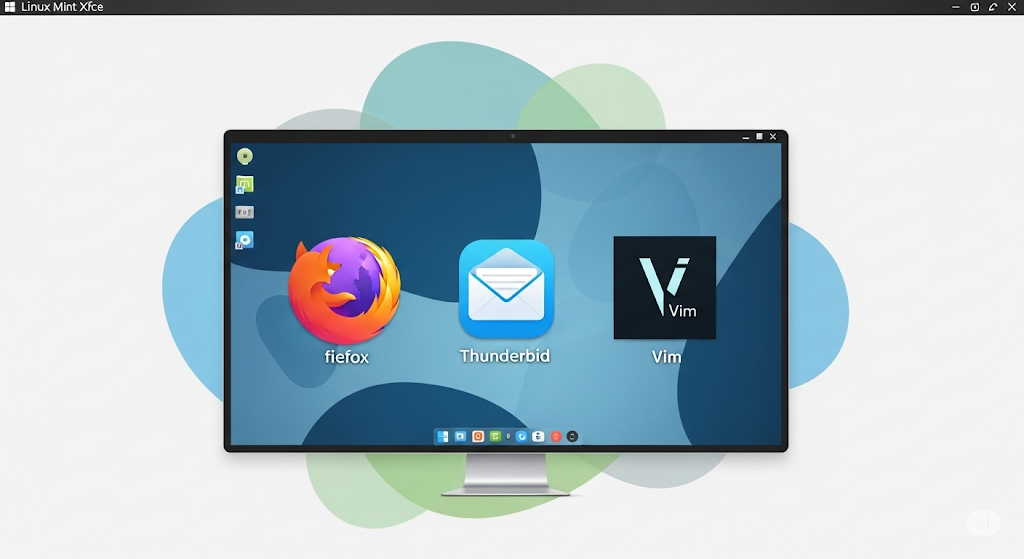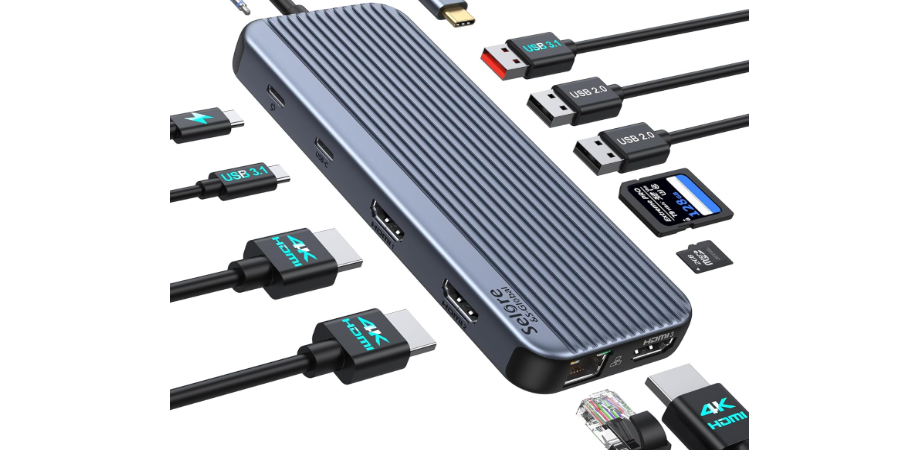Microsoft’s still at it, pushing Windows 10 users to upgrade to PCs with TPM 2.0; because, apparently, we’re all just too lazy to update our own hardware. So, what’s the big deal with TPM 2.0, and why should we care?
I remember the first time I heard about TPM. At that time, these kinds of technical terms felt like jargon straight out of a spy movie. But after almost falling for a phishing scam, I started taking PC security a bit more seriously. Suddenly, anything that promised more security, like TPM 2.0, caught my attention.
You see, TPM, or Trusted Platform Module, is like the bouncer at the club of your computer’s data. It’s a secure little box of tricks—a crypto-processor that boosts things like encryption and secure boot. And TPM 2.0? Well, it’s the latest and greatest in keeping cyber troublemakers at bay.
I’ve heard some folks say, “Why bother upgrading? I’m fine just the way I am.” And yeah, upgrading can feel a bit like being told your comfy old sneakers aren’t good enough anymore. However, cybersecurity experts and IT professionals argue that as we use our computers more for everyday things—banking, shopping, storing personal pictures—the stakes for having weak security just keep getting higher. It’s like enough people getting their homes broken into led everyone to start using deadbolts.
Sure, some argue Microsoft’s push for TPM 2.0 is just a ploy to boost hardware sales. And yes, not everyone can shell out the cash for a new PC. But, think about this: broader adoption of devices with solid security could lead to a decrease in identity theft and cybercrime—kind of like how having fewer unlocked cars around reduced thefts.
So, what if we all just ignored Microsoft’s advice and stayed on our outdated Windows 10 PCs? Hey, you might get by for a while, but it’s like riding around with a squeaky old seatbelt. It might hold, but it’s a risk.
Are we willing to deal with the hassle of upgrading for a safer digital life, or do we just hope for a lucky roll of the dice? The cost of being on the wrong side of that equation can be high, and that’s a discussion worth having.




Leave a Reply